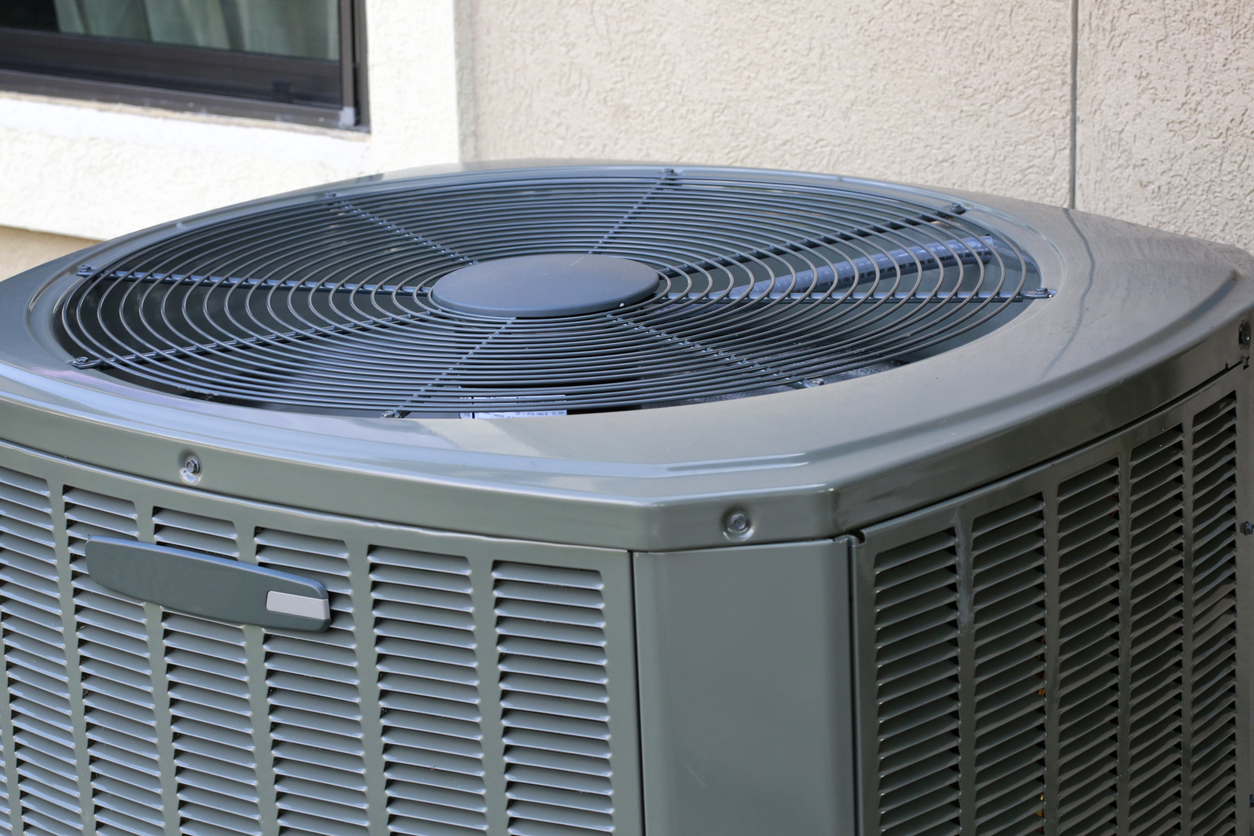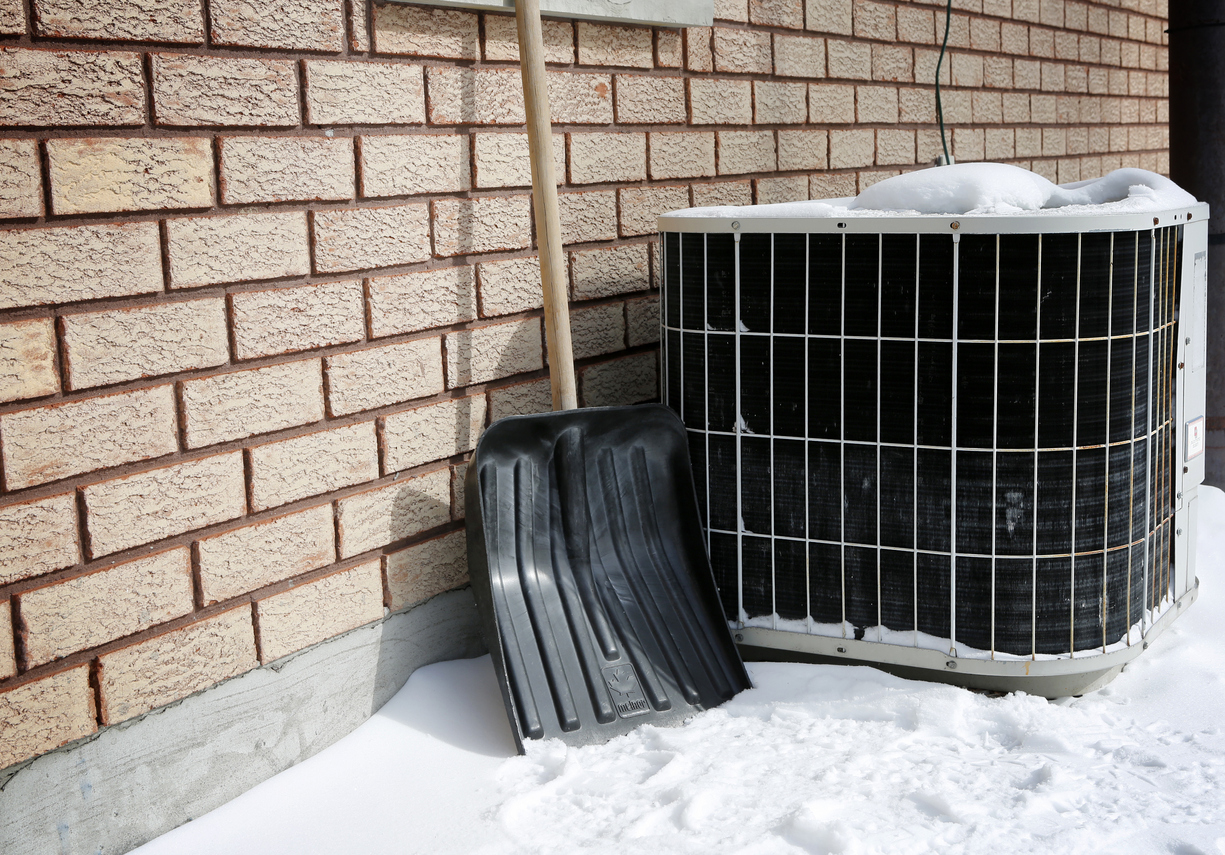Pressure-Assisted Toilets: What You Need to Know

Table of Contents
- What is a pressure assisted toilet?
- How do pressure assisted toilets work?
- Should you get pressure-assisted toilets?
- Pros of Pressurized Toilets
- Cons of Pressurized Toilets
- Are pressure-assisted toilets worth it?
- Can pressure-assisted toilets leak?
- How much water pressure does a pressure-assist toilet need?
- Key Takeaway
- Get Expert Plumbing Assistance from Absolute Electrical Heating and Air!
When it comes to choosing a toilet, there are several options available in the market. One of the less common but intriguing choices is a pressure assisted toilet. As the name suggests, this type of toilet uses pressure to enhance its flushing capabilities.
In this blog, we’ll delve deeper into this type of toilet, discussing how it works, its pros and cons, and whether it’s a worthwhile investment for your bathroom. So, let’s get started and explore the world of pressure-assisted toilets!
What is a pressure assisted toilet?
A pressure-assisted toilet or a pressurized toilet is a type of toilet that uses compressed air or water pressure to provide a more forceful flush. They were developed to address the limitations of traditional gravity-fed toilets, which sometimes struggle to clear waste effectively. The added pressure in these toilets helps create a more powerful and efficient flush, reducing the chances of clogging.
How do pressure assisted toilets work?
Most pressurized toilets use either compressed air or water pressure to improve their flushing performance. These toilets have a sealed inner tank within the main ceramic tank, where the pressure mechanism is located.
When you flush a pressure-assisted toilet, water from the supply line rushes into the inner tank. In air-pressure models, this water pressure compresses the air inside, creating potential energy for a forceful flush. In water-pressure models, the incoming water combines with the existing water in the inner tank to increase the overall pressure.
Should you get pressure-assisted toilets?

Now that we’ve explored how pressurized toilets work, let’s dive into the question of whether they’re worth the investment. To help you make an informed decision, we’ve compiled a list of their pros and cons.
Pros of Pressurized Toilets
1. Efficient Waste Removal
These toilets provide a powerful flush that effectively clears waste in a single attempt, reducing the need for double flushing. This can help save water in the long run.
2. Reduced Clogging
The strong flush of pressure-assisted toilets minimizes the chances of clogging, ensuring a more hassle-free and sanitary experience.
3. Ideal for Large Households
These toilets are an excellent choice for homes with many occupants because of their ability to handle high traffic and frequent use.
4. Assured Water Savings
Some pressurized toilets are designed to use less water than traditional toilets, contributing to water conservation efforts and potentially reducing your water bills.
Cons of Pressurized Toilets
1. Noisy Operation
The flushing process of these toilets can be louder, which may concern those seeking a quieter bathroom environment.
2. Higher Up-Front Cost
Due to their advanced technology and construction, pressure-assisted toilets are generally more expensive than standard ones. However, they can be a long-term investment that can deliver performance and water savings benefits.
3. Maintenance Requirements
These toilets may require more frequent and specialized maintenance due to their complex design and the need to ensure the proper functioning of the pressure-assisting mechanism.
Are pressure-assisted toilets worth it?
While the decision depends on your needs and preferences, pressurized toilets are worthwhile if you value their key advantages of efficient waste removal and reduced clogging.
However, you may want to consider other alternatives if you prioritize a quiet bathroom environment and work within a tight budget.
Can pressure-assisted toilets leak?
Yes, pressure-assisted toilets can experience leaks, but these are relatively rare compared to gravity-fed toilets. The design of pressure-assisted toilets minimizes the risk of leaks by incorporating a sealed and pressurized tank.
However, like any plumbing fixture, pressure-assisted toilets can still develop leaks due to various factors, such as:
1. Wear and Tear
Over time, specific toilet components can deteriorate, resulting in potential leaks. Regular maintenance and prompt repairs of worn-out parts are crucial in preventing such issues.
2. Excessive Water Pressure
While pressure-assisted toilets are designed to handle increased water pressure, excessively high water pressure in your plumbing system can put additional stress on the toilet. It’s essential to have a plumber check your water pressure and, if necessary, install a pressure regulator to avoid leaks.
3. Improper Installation
If the toilet components are not correctly aligned, sealed, or tightened during installation, it can result in water seepage. To avoid this, hiring a professional plumber experienced in pressure-assisted toilet installations is best.
4. Tank Cracks
Tank cracks can lead to significant leaks and may require the replacement of the entire toilet. Regular tank inspection for any signs of damage is essential in mitigating this risk.
How much water pressure does a pressure-assist toilet need?
To function effectively, pressurized toilets typically require a water pressure range of 25 to 80 pounds per square inch (psi). This range is considered standard for most residential and commercial plumbing systems.
Low-End Requirement
Some pressure-assist toilets can operate on the lower end with a minimum water pressure of around 25 psi. However, the flushing performance may be compromised at this level, resulting in weaker and less efficient flushes.
High-End Requirement
On the higher end, specific pressure-assist toilets require a maximum water pressure of approximately 80 psi. Exceeding this limit can pose a risk to the toilet’s internal components, potentially leading to leaks or other malfunctions.
Key Takeaway
Pressure-assisted toilets are reliable for those seeking a strong and efficient flush. Thanks to their unique design, these toilets can clear the bowl effectively, reducing the likelihood of clogs. They are well-suited for high-traffic areas and can save water by providing a powerful flush, eliminating the need for double flushing.
While pressure-assisted toilets can develop leaks, the risk is relatively low compared to other toilet types. Regular maintenance and prompt repairs are essential in preventing leaks and ensuring the long-term performance of these toilets.
Get Expert Plumbing Assistance from Absolute Electrical Heating and Air!
Are you in need of a plumber in Aurora, Colorado to install a pressure-assisted toilet in your home or business? Or perhaps you’re already dealing with a plumbing issue involving one?
Don’t hesitate to contact our expert plumbers at Absolute Electrical Heating and Air for efficient and reliable plumbing services now!
CONTACT US
Request Service


Save Every Year with an Absolute Advantage Membership
Expert Annual System Safety Inspections & More
- Priority service
- Waived dispatch fees
- Yearly furnace, A/C, & electrical system inspections
- 10% discount on repairs and additional diagnostic services
- Up to $500 off HVAC & electrical panel replacements







